Calves: The oldest calves on most farms are now around eight weeks of age and farmers should be looking towards weaning them. When to wean should be based on weight and how much meal calves are eating rather than just age. In my view, how much meal they’re eating is probably the best measure, because this indicates how well they can digest solid feed. They should be eating at least 1kg/day before weaning. If calves are on a high rate of milk or milk replacer, they have no incentive to eat meal. Start reducing the amount of milk being fed in the two weeks or 10 days prior to weaning. This means once-a-day feeding of milk down to around 2l/day before being weaned.
Offer fresh meal ad-lib daily. This means there is always meal in the trough and it is always fresh, so remove leftover meal daily and feed it to other stock. With the weather so good, calves should ideally be at grass before being weaned. There are two benefits here – firstly it’s a healthier environment and secondly calves will be eating high protein grass which will help in the transition away from milk. Don’t forget to vaccinate for black leg and other clostridial diseases before turnout. They need two shots to be covered.
Breeding: The Focus this week is on Spring AI. The new Active Bull List is printed on page 42. Irish-born Holstein Friesian bulls dominate the list, as do genomic sires. The key thing is to pick a team of bulls. For a 100- to 150-cow herd you should be using eight bulls equally across the herd. Thirty-five per cent of heifers entering the dairy herd are still bred using stock bulls, which is a shocking statistic. These stock bulls have a lower EBI, have lower genetic reliability and are risky in terms of their ability to get cows pregnant. If farmers want to improve their herd, the first place to start is by ditching the dairy stock bull.
The calving difficulty figures have changed, with separate proofs for cows and heifers. When picking bulls for heifers, choose bulls with a low level of risk (most bulls on the list). Even though they might be 4% or 5% calving difficulty, the risk is still low. The DIY AI operators should have their straws ordered by now for delivery before the start of the breeding season. See more on managing breeding during the COVID-19 pandemic on pages 26 and 27.
Fertiliser: Conditions are ideal for spreading fertiliser and milder weather next week should drive on grass growth. For silage, use slurry where possible to supply phosphorus and potash. First-cut silage will need 3,000 gallons per acre of thick slurry or three bags/acre of 0:7:30 plus 80 to 100 units/acre of nitrogen. If some nitrogen was spread already in the spring, presume 50% of this is still available for the plant now. Remember, farmers in derogation must use low-emission slurry spreading after 15 April.
Talking to contractors, objects in the slurry is a major problem when using trailing shoe or dribble bar. It’s all to do with how careful the farmer is to prevent bits of net wrap and plastic entering the tank. Diagonal barriers help prevent bale silage from being dragged in.
Read more
Sexed semen: is it the answer?
ICBF writes to herd owners for breeding 2020
Calves: The oldest calves on most farms are now around eight weeks of age and farmers should be looking towards weaning them. When to wean should be based on weight and how much meal calves are eating rather than just age. In my view, how much meal they’re eating is probably the best measure, because this indicates how well they can digest solid feed. They should be eating at least 1kg/day before weaning. If calves are on a high rate of milk or milk replacer, they have no incentive to eat meal. Start reducing the amount of milk being fed in the two weeks or 10 days prior to weaning. This means once-a-day feeding of milk down to around 2l/day before being weaned.
Offer fresh meal ad-lib daily. This means there is always meal in the trough and it is always fresh, so remove leftover meal daily and feed it to other stock. With the weather so good, calves should ideally be at grass before being weaned. There are two benefits here – firstly it’s a healthier environment and secondly calves will be eating high protein grass which will help in the transition away from milk. Don’t forget to vaccinate for black leg and other clostridial diseases before turnout. They need two shots to be covered.
Breeding: The Focus this week is on Spring AI. The new Active Bull List is printed on page 42. Irish-born Holstein Friesian bulls dominate the list, as do genomic sires. The key thing is to pick a team of bulls. For a 100- to 150-cow herd you should be using eight bulls equally across the herd. Thirty-five per cent of heifers entering the dairy herd are still bred using stock bulls, which is a shocking statistic. These stock bulls have a lower EBI, have lower genetic reliability and are risky in terms of their ability to get cows pregnant. If farmers want to improve their herd, the first place to start is by ditching the dairy stock bull.
The calving difficulty figures have changed, with separate proofs for cows and heifers. When picking bulls for heifers, choose bulls with a low level of risk (most bulls on the list). Even though they might be 4% or 5% calving difficulty, the risk is still low. The DIY AI operators should have their straws ordered by now for delivery before the start of the breeding season. See more on managing breeding during the COVID-19 pandemic on pages 26 and 27.
Fertiliser: Conditions are ideal for spreading fertiliser and milder weather next week should drive on grass growth. For silage, use slurry where possible to supply phosphorus and potash. First-cut silage will need 3,000 gallons per acre of thick slurry or three bags/acre of 0:7:30 plus 80 to 100 units/acre of nitrogen. If some nitrogen was spread already in the spring, presume 50% of this is still available for the plant now. Remember, farmers in derogation must use low-emission slurry spreading after 15 April.
Talking to contractors, objects in the slurry is a major problem when using trailing shoe or dribble bar. It’s all to do with how careful the farmer is to prevent bits of net wrap and plastic entering the tank. Diagonal barriers help prevent bale silage from being dragged in.
Read more
Sexed semen: is it the answer?
ICBF writes to herd owners for breeding 2020




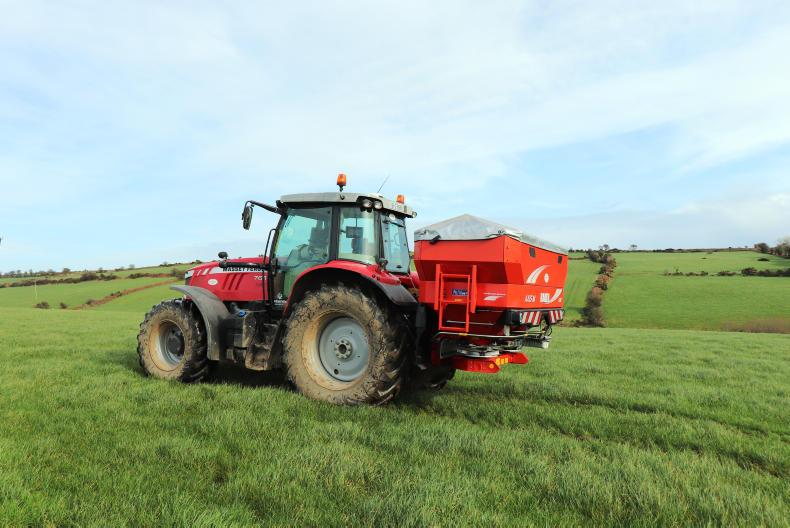
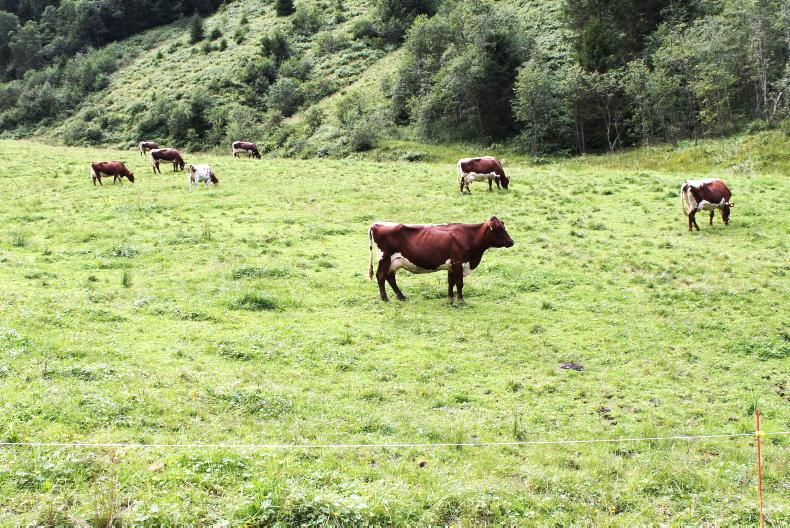
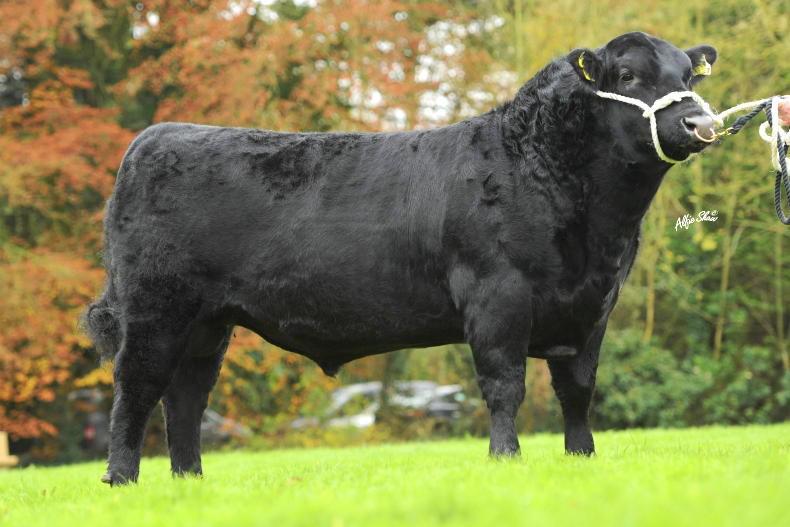
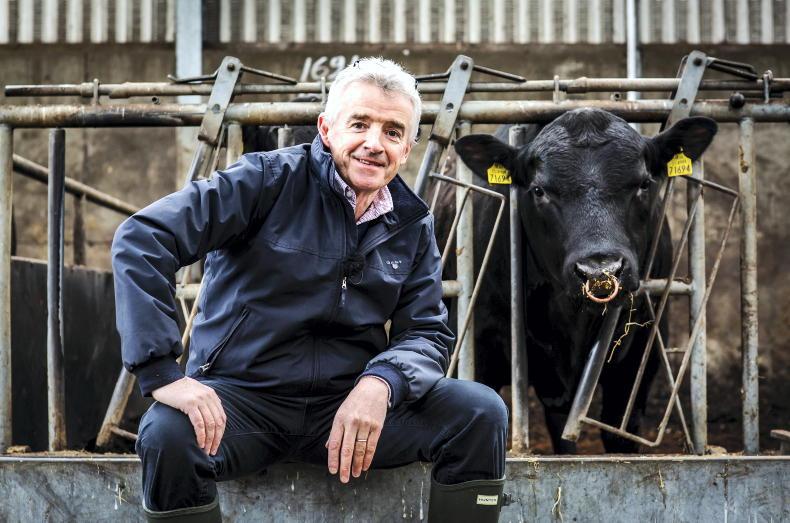
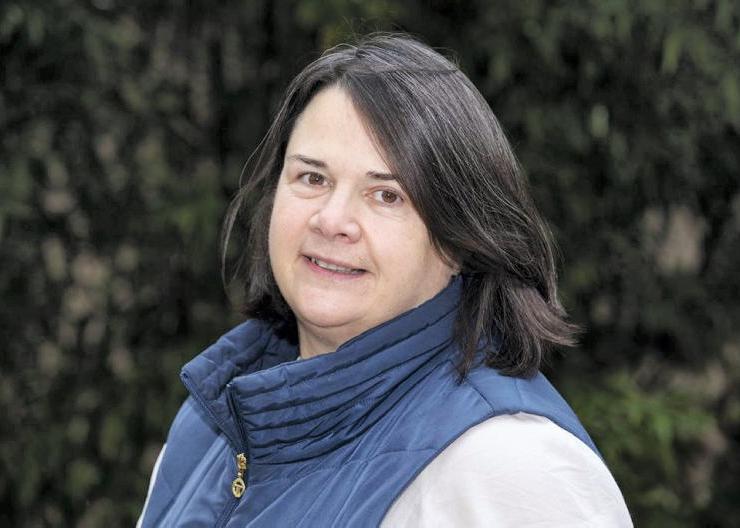
SHARING OPTIONS